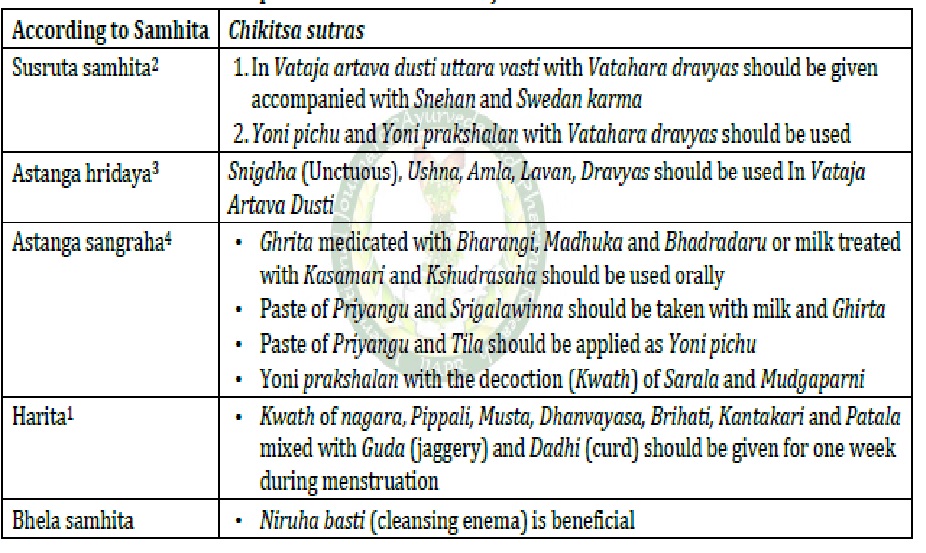Vataja Artava Dusti and its Management - An Ayurvedic Review
DOI:
https://doi.org/10.47070/ijapr.v11i7.2884Keywords:
Vataja-artavadusti, Artavadusti, Primary dysmenorrhoeaAbstract
Almost every women, experience one or the other types of menstrual problem in her lifetime. The prevalence of menstrual disorders has been recorded as high as 87%, out of which dysmenorrhea has prevalence of 60% to 93%. In Ayurvedic classics, most of the menstrual disorders have been described under the heading Asta artavadusti and Asrgdara. Vatajaartavadusti is described in various texts by Acharyas. According to Ayurveda classics Vatajaartavadusti define as Artava vitiated by Vata excreted with pain and reddish or blackish in colour. The condition of Vatajaartavadusti resembles with the description of dysmenorrhea. Dysmenorrhea is the painful menstruation of sufficient magnitude so as to incapacitate day to day activities. On the basis of symptom menstruation along with pain, it appears to be nearer to dysmenorrhea. At present, different types of treatment protocol which are mainly used for treating dysmenorrhea are NSAIDs (analgesics), antispasmodics, oral contraceptive pills and surgical procedure. But they provide only temporary relief. Ayurveda describes various modalities like oral medication, Panchakarma procedures, life style modification and correction in diet. So this study is undertaken to through the light on classical reference of Vatajaartavadusti with modern correlation dysmenorrhea and its Ayurvedic management.
Downloads



